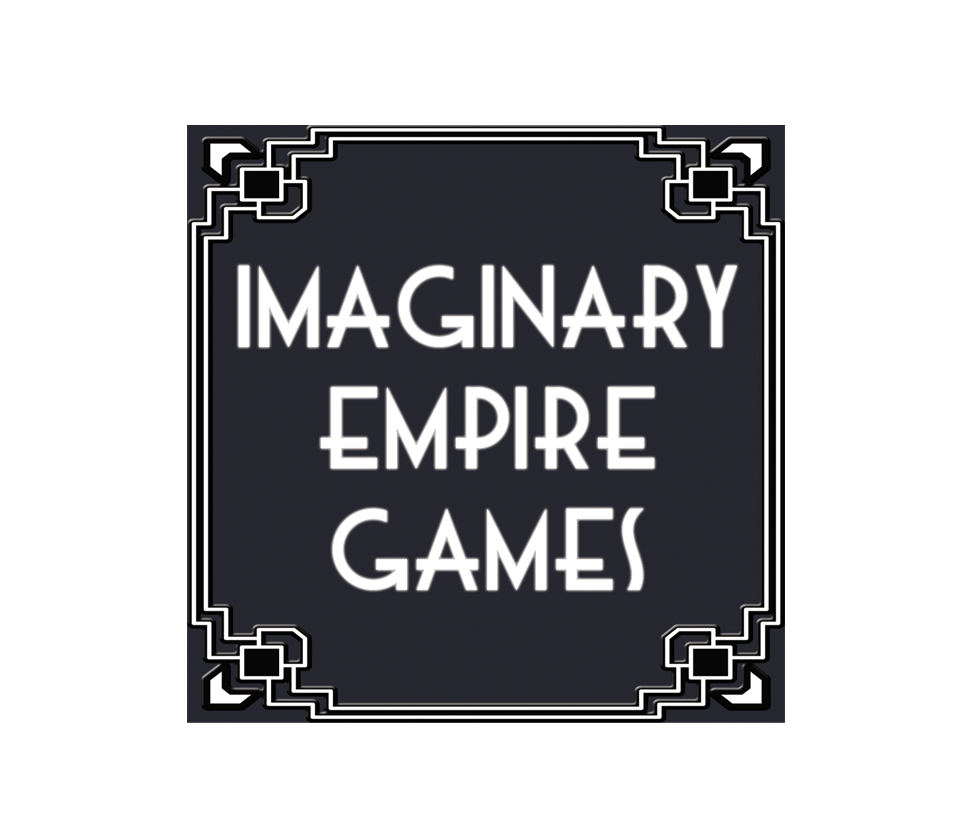Helplessness is tricky in roleplaying games because of the question of trust. Most traditional RPG’s are a shared paradigm where one individual has more narrative powers, and can set the stakes for most conflicts (as GM). In this relationship, trust is essential. Implicit in this traditional paradigm is the fact that the GM is not subject to any meaningful checks and balances beyond their social relationship with the players – and, therefore, can structure the story to kill, maim or incapacitate one or all of the characters (or place them in situations where the survival of their characters is unlikely). But even if the stakes aren’t this severe, the players are effectively being asked to trust that the GM has the best interests of their characters, and their enjoyment of the game as players, at heart. In a traditional roleplaying games, therefore, the players are largely helpless against the authority of the GM.
Nowhere is this paradigm more evident than in horror roleplaying games. Many of these systems conflate character helplessness with player helplessness. They use a mechanical system to establish norms, then ensure that exposure to horror will irrevocable and perpetually erode the characters mental wellbeing within those norms (a la Sanity points in Call of Cthulhu). In this context the system is continually reinforcing to the player, that their character is helpless against the horror (in the case of Sanity points, they will almost always lose sanity points faster than they can gain them, and each loss is accompanied by periods of system dictated distress helplessness – temporary, permanent and indefinite insanity, often at critical moments in the action).
Other systems use similar mechanics. In the Gumshoe system the characters spend from a wide pool of perpetually diminishing resources to investigate, encounter and attempt to survive their brushes with the horror. In Dread, each pull of the tower brings the characters closer to their doom. In Geiger Counter the horror increases its dice pool every test.
But, in my view, most horror isn’t actually about helplessness.
Horror is about the intersection between character and something terrible (the source of the horror). The essence of horror is not helplessness, but rather the human struggle against the macabre and inhuman. The place where a protagonist tries to find the strength to struggle against forces that would otherwise eviscerate their physical or mental wellbeing. Lovecraft’s Robert Olmstead escaped Innsmouth, Armitage dispelled the Dunwich Horror and Dyer returned from the Mountains of Madness intent on warning others. Ripley ultimately defeats the Alien, Ben survives the horde during the Night of the Living Dead, MacReady bests the Thing and the Freeling family flee beyond the reach of the Poltergeist.
So, if you accept that horror is about the struggle, rather than helplessness, what does this mean for horror roleplaying games?
To reflect the way these stories play out, the GM should be continually exploring the impact of the horror on the characters. The horror should have no independent motive or agenda – rather it exists entirely through the prism of the characters experiences. That’s not to say all the characters must survive, or that there isn’t a broader story – but the experience of the characters should be the focus of the game.
But that’s not how many games play out. This blog is called Total Party Kill because of precisely this tension. The idea that GM’s sometimes violate the relationship trust – exploit the helplessness of the characters in their games. Indeed many systems and scenarios are explicitly designed to create this experience, or will inevitably result in this outcome without modification.
Some players may accept, or even enjoy the helpless downward spiral of their characters. Some may even embrace it – but unless you’ve had a conversation with your players about exactly how they enjoy interacting with the horror, its safest to assume that some players are looking to try and triumph against the horror like so many protagonists in horror movies and literature.
For these reasons, when I designed a horror roleplaying game, I put that conversation front and centre. I also ensured that there would almost always be survivors of the scenario, just as there would be victims, and that the decision about which character survived, and which did not was an artefact of highly structured collective decision making, rather than putting the load on one individual – thus, the players are not helpless in a story that is all about their characters. I designed a game that I believe exemplifies the struggle that I believe is central to horror.








I agree that helplessness is not the core element of horror. I think I would say that "isolation" (and on some level "the unknown") to be a core element of horror. Helplessness can arise from isolation but they are different beasts and should not be equated to each other.
ReplyDeleteI think the 'lie of helplessness' is an important component of horror. The sense that you're all but helpless, that you're surviving on the skin of your teeth, and that each decision is critical is a big part of it. I think by 'helpless' what they mean is 'out of your depth' or 'vulnerable'.
ReplyDeleteActual helplessness makes for a good tragedy and a bad game as the players are systematically disempowered and see nothing but the grueling destruction of their characters which often leads to learned helplessness, frustration, and distancing from the game.